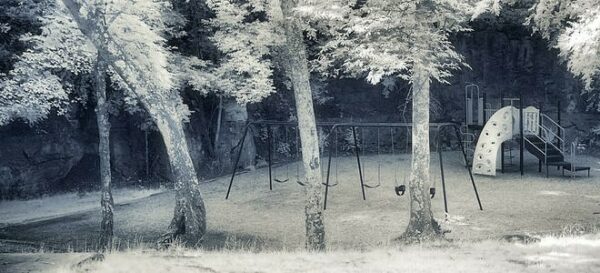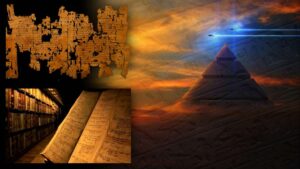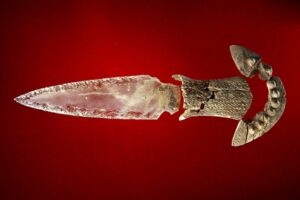Ko te makimaki a Loys, ko Ameranthropoides loysi (kaore i whai mana), he mea hanga kee te rite ki te makimaki i pupuhihia mate e te tohunga matawhenua Swiss a François de Loys i te tau 1917 i te rohe o Venezuela me Colombia. He rite te mea hanga ki te hominid, karekau he hiku penei i te makimaki, e 32 ona niho, ka tu i waenganui i te 1.60 me te 1.65 mita te teitei.
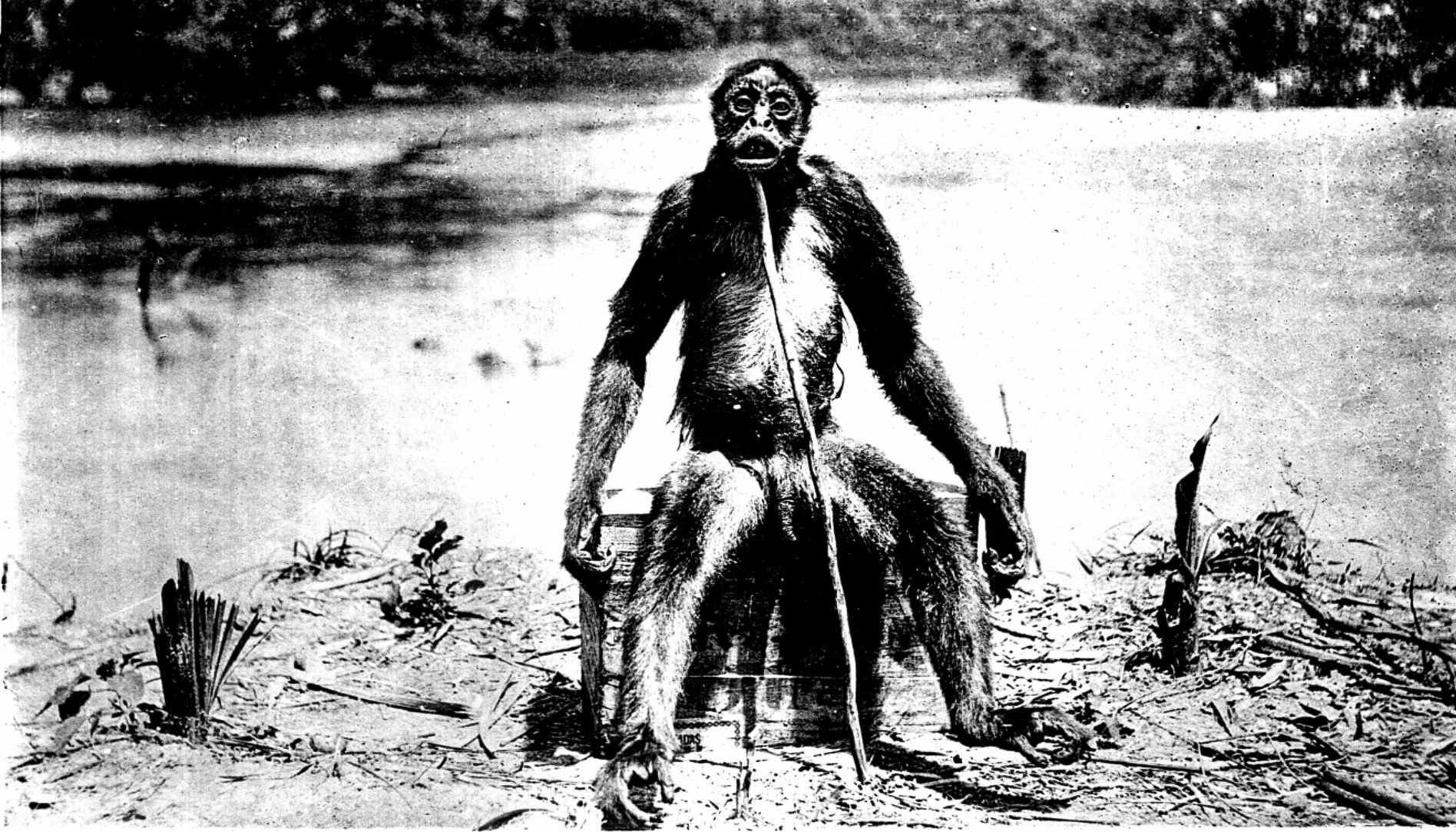
Ko François de Loys e arahi ana i tetahi haerenga torotoro hinu e tata ana ki nga awa o Tarra me Maracaibo i te wa e rua nga mea hanga ka whakatata atu ki to raatau roopu. Ka puhipuhi a Loys i nga mea hanga ki te tiaki i a raatau ano. Ka oma te tane ki te ngahere, ka mate te uha i te waka. I whakaahuahia te mea hanga, a na de Loys i tiaki nga whakaahua.
I te hokinga mai o François de Loys ki Switzerland, kaore ia i korero ki tetahi mo te mea hanga. Heoi, i te tau 1929, he tohunga tikanga tangata a Wiwi Wīwī George Montadon i kitea te whakaahua i a ia e rapu ana i nga korero i roto i nga korero a Loys mo nga iwi taketake o Amerika ki te Tonga, a, i tohe a Loys ki te whakaputa i roto i te nupepa Ingarihi.
He maha nga pepa mo te mea hanga ngaro i taia i muri mai ki Parani, a ka tono a George Montadon i tona ingoa putaiao ki te French Academy of Sciences.
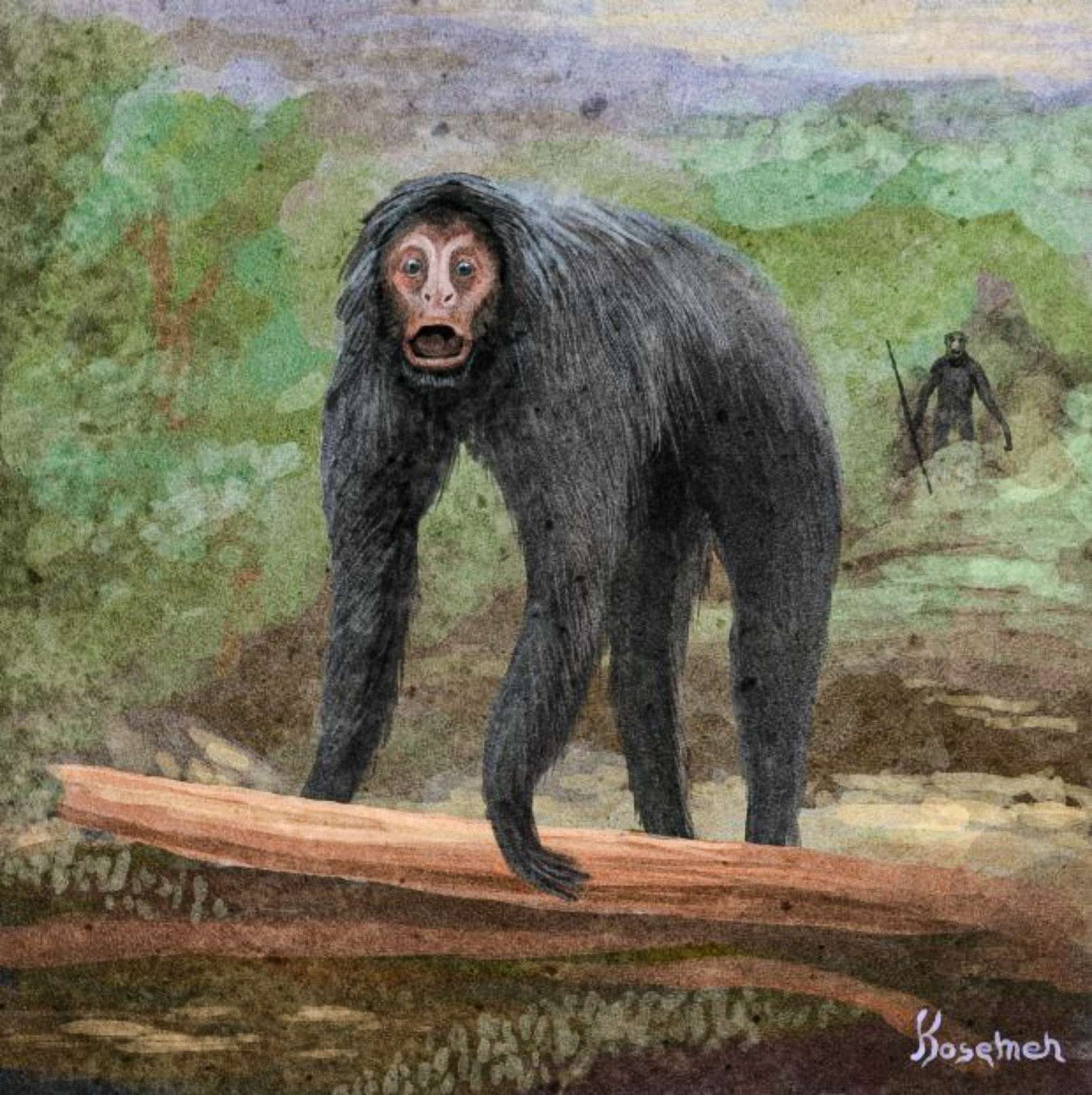
Heoi, Ko te whakaahuatanga pūtaiao a Montandon mo te momo Ameranthropoides loysi (De Loys' American ape-like-mate makimaki) i tutakina ki nga whakaheinga kino. E ai ki te tohunga maori o Ingarangi Sir Arthur Keith, ko te whakaahua anake e whakaatu ana i tetahi momo makimaki pungawerewere, ateles belzebuth, he tangata whenua no te rohe e torotoro ana, me te mea ka tapahia, ka hunahia ranei tona hiku ki roto i te whakaahua.
He maha nga makimaki pungawerewere i Amerika ki te Tonga, tata ki te 110cm (3.5 putu) te teitei ka tu. Ko De Loys, he mea ine tana makimaki ki te 157cm (5 putu) - he tino nui ake i nga momo katoa e mohiotia ana.
I miharo a Montandon ki te makimaki. I tono ia i te ingoa Ameranthropoides loysi i roto i nga tuhinga motuhake e toru mo nga hautaka putaiao. Heoi, i pohehe nga kairangahau auraki mai i nga koki katoa o tenei keehi.
Ko nga korero a Pierre Centlivres raua ko Isabelle Girod i whakaputa he tuhinga i te tau 1998 e kii ana ko te katoa o nga korero mo te tukinga rereke he mahi tinihanga na te tohunga tikanga tangata a Montandon na tana tirohanga kaikiri mo te whanaketanga tangata.
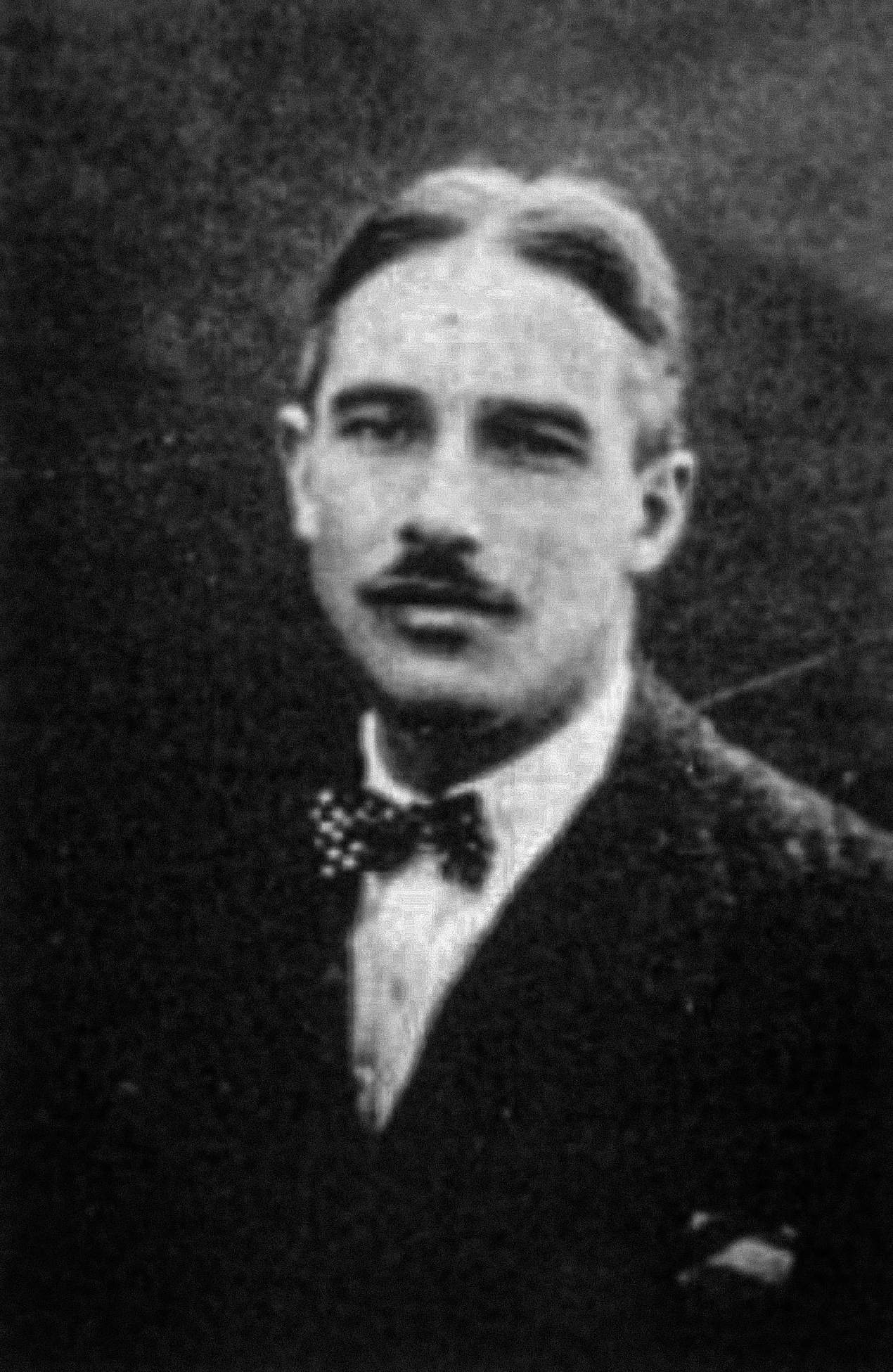
Ko wai te tangata nei a de Loys, he aha te tohu i kitea e ia ehara te makimaki i te makimaki pungawerewere noa? I tino mohio ia i tangohia te whakaahua i Amerika ki te Tonga?
Koinei tetahi o nga mea ngaro. I tua atu i te patai he aha te momo makimaki a de Loys, mena he makimaki, he makimaki no Amerika ki te Tonga? Karekau he makimaki maori i Amerika, he makimaki anake. Ko Afirika te kainga o te tueke, te gorillas, me te bonobo, ko Ahia te kainga mo te orangutans, te kiwa, me te siamang. Mena ka kitea e de Loys tetahi makimaki kaore i mohiotia i mua atu i Amerika ki te Tonga, ka tino rerekee to maatau mohio ki te whanaketanga makimaki.

